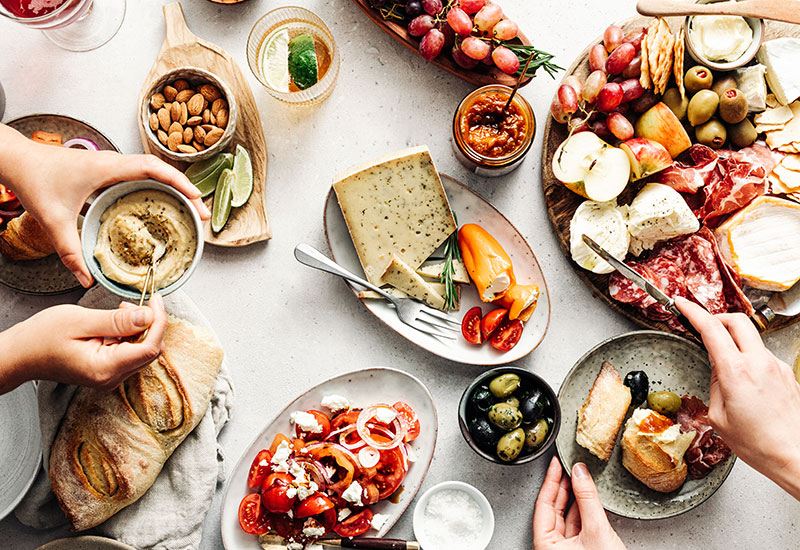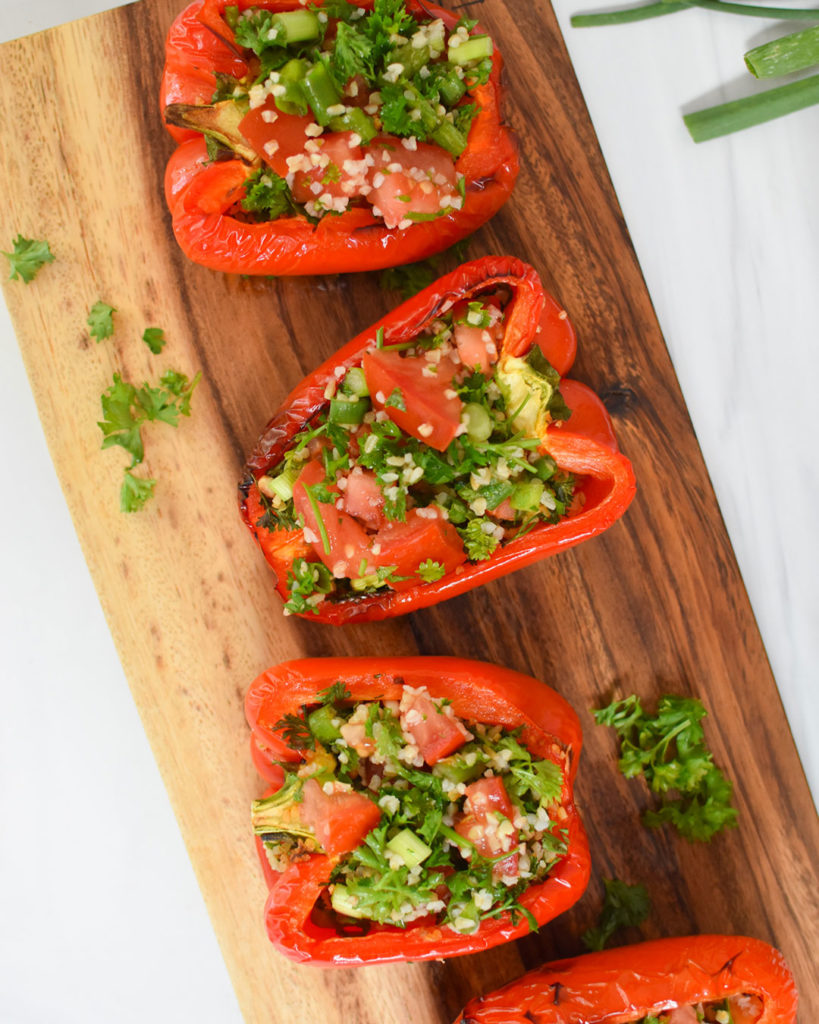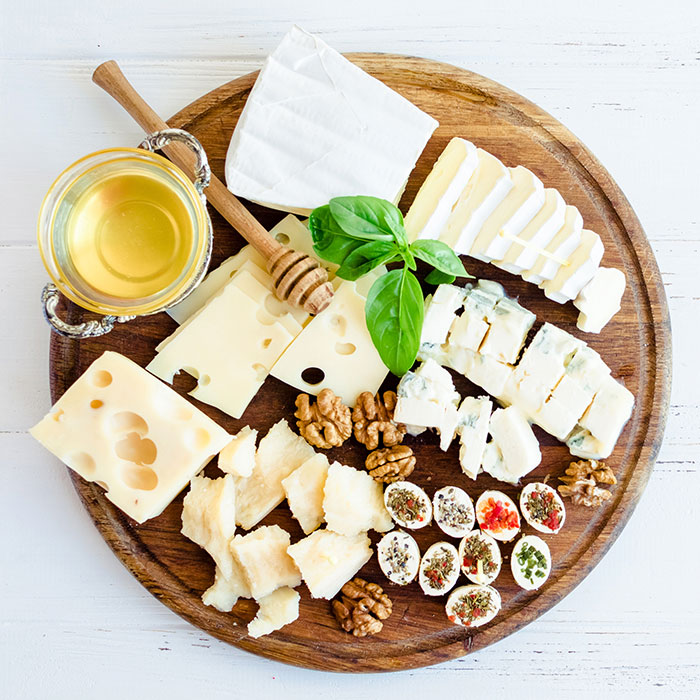8 Easy Ways to Live the Mediterranean Lifestyle

This post was written by Heinen’s partner, Halle Snavely.
The Mediterranean diet has been touted as one of the healthiest ways to eat for as long as I can remember, and for good reason. You may have heard of the concept of “Blue Zones,” which are geographic regions, including parts of the Mediterranean, known to have an unusually large percentage of people who live past 100 years old. With this in mind, I actually think calling this regime a “diet” is a misnomer. It is a lifestyle that has stood the test of time and is celebrated worldwide.
I lived in France for two years during graduate school, and as cliché as it might sound, I was blown away and inspired by the food culture. Experiencing this lifestyle firsthand flipped my American ways upside down and completely changed my relationship to food and the way I lived my life. But most importantly, I learned that while healthy eating is certainly the cornerstone to this lifestyle, it’s only one part of why people from this region are so healthy. Many of the lessons I learned have stuck with me since returning to the states and I’d love to share a few of them with you.
1. They are Deeply Connected to the Land
There has been a major shift towards local food in the United States over the last decade, but to be perfectly honest, we’re a bit late to the party. This has been a way of life for centuries in the Mediterranean. It’s common for each region to have their own culinary specialties based on whatever has to offer.
The region of Provence is known for their olives and rosé. Marseille boasts a delicious fish stew known as bouillabaisse, while Nice is famous for ratatouille and salade niçoise. They eat what’s in season and know exactly how their food was grown because they often know the artisans or farmers personally. Many people even press their own olive oil at home. Being this connected to where your food comes from makes cooking and eating a far more meaningful experience.
2. They Eat Everything, but in Moderation
French food is generally quite healthy, but they don’t skimp on indulgence. The concept of dieting doesn’t really exist in France. When your clothes start to get a little too tight, you don’t restrict any specific foods. You just eat a bit less than you normally would.
One of the biggest “aha” moments I had when living there was a simple phrase that the French use, “Je n’ai plus faim,” which means, “I’m not hungry anymore.” They use it in the same way that we say, “I’m full.” When you think about the physiological impact of these two statements, it’s really not so surprising that U.S. obesity rates are so high. A food coma shouldn’t be the goal. You want to eat just enough to feel satisfied, but still allow yourself a little indulgence here and there.
3. It’s All About the Food, and It’s Also Not About the Food
Food is no doubt a cornerstone of this lifestyle, but it is only one piece of the puzzle. If anything, it is the rituals and the community you build around the food that ingrains this lifestyle into the culture. Food doesn’t mean much unless you’re enjoying it with people you love. It is meant to be celebrated and respected. Food is healthier when it’s consumed with gratitude and shared with others.

4. If you do Have to Eat Alone, Do it Right
I know so many people who make boring food when they cook for themselves, but go all out when they cook for other people (I’m guilty of this myself). Make everyday a special celebration, even if you’re alone. Light candles, put on nice music, make a place setting and cultivate an environment where people are always welcome, even if you are only cooking for yourself.
5. Move, but Keep it Light
The French don’t exactly flock to the gym like Americans do. They exercise, but they keep it moderate. Many get their exercise by simply going about their day, which tends to be very active. It is quite common to use your bike as your primary mode of transportation. They often choose to walk to the marché (market) rather than drive. Or they’re outside working in the garden and enjoying nature.
6. Eat Cheese at the End of the Meal
As enticing as a beautiful cheese plate can be, stuffing yourself with cheese before your main course is only going to end up with you being full, as we Americans like to say. The French eat cheese just after the main course and before dessert. This way you only eat a little bit, and you can still say you’re not hungry anymore.

7. It is not about Convenience
In Europe, the pace of life is much slower. Americans live to work, but Europeans, especially those around the Mediterranean, work to live. People take time to enjoy and find meaning in the little everyday moments that most of us take for granted. Food isn’t prepared with maximum efficiency as the main priority. It’s prepared with quality, tradition and love in mind.
8. Look People in the Eye When Toasting Them
In the US, when you toast someone, they usually look at the glasses as they clink together, but in Europe, you look people in the eye and offer them cheers. Once you become accustomed to it, you can never go back. Since I moved home to the U.S., I have trained my whole family to do this because it is makes for a more personal and satisfying moment.
Santé (to health, as the French say)!


